How to Engage Millennial Donors in Healthcare Fundraising

Engaging Millennial Donors in Healthcare Fundraising
Millennials care about impact. They want transparency. And they give—but only when it feels real.
If you’re working in healthcare fundraising and want to connect with this generation, you need more than donation forms and newsletters. You need a strategy that speaks their language, respects their values, and builds trust over time.
In this post, I’m sharing how to reach millennial donors in ways that actually work. These are the strategies I’ve seen resonate across digital campaigns, giving days, and healthcare-specific initiatives.
Understand What Motivates Them

Millennials don’t just want to donate. They want to be part of something.
They’re more likely to give when they:
- Understand the direct impact of their gift
- Feel emotionally connected to the cause
- See their values reflected in your work
- Can share or advocate for your mission publicly
They care about health equity, patient stories, and innovation. They’ll skip over broad mission language in favor of real, human moments.
If you’re not showing how their gift makes a difference, they won’t stick around.
Make Giving Easy and Shareable
Millennials are digital natives. If giving feels clunky, they’re gone.
Here’s what helps:
- Mobile-first donation forms
- Simple, flexible giving options
- Easy ways to share campaigns with friends
Make it seamless. One-click donation buttons. Pre-filled amounts. Text-to-give or Venmo links if it fits your audience.
And don’t underestimate the power of social proof. When they see their peers donating, they’re more likely to join in.
Tell Stories That Stick
Facts are important. But stories make people care.
Millennials connect most with:
- First-person patient experiences
- Behind-the-scenes care moments
- Candid, unscripted impact
Keep the tone real. Not polished. Not clinical.You don’t need a long video or full campaign. A few sentences and a powerful image go a long way. For more ideas, check out our post on storytelling in digital fundraising.
Use Email and Social Strategically
Don’t spam. Don’t overshare. Instead, be intentional.
Email still works—but it has to feel personal. Try:
- Segmenting your list by age or giving history
- Sending short, conversational emails
- Using visuals to highlight real moments of care
Social media isn’t just a billboard. It’s where you build trust. Invite followers to respond. Share polls, short videos, or real-time updates.We put together email strategies for donor engagement that can help make this outreach feel more human and less automated.
Be Transparent and Timely
Millennials are skeptical. They want to know where their money goes.
Be upfront about:
- How much you’re raising
- What it’s funding
- What progress looks like
Follow up quickly. If they donate, thank them. Show them what happened next.
A quick impact update—even if it’s one paragraph—can build long-term loyalty.
Tap Into External Insights
If you want more data on why millennials give (and don’t), the Millennial Impact Report is a great place to start. It breaks down giving patterns, values, and preferences across multiple years.
Final Thoughts
You don’t need a full rebrand to engage millennial donors. You just need to shift your lens.
Be personal. Be clear. Be real.
When you build campaigns that reflect their values and make it easy to give, millennials don’t just donate once. They stay. They share. They come back.
And that’s how real momentum builds.





